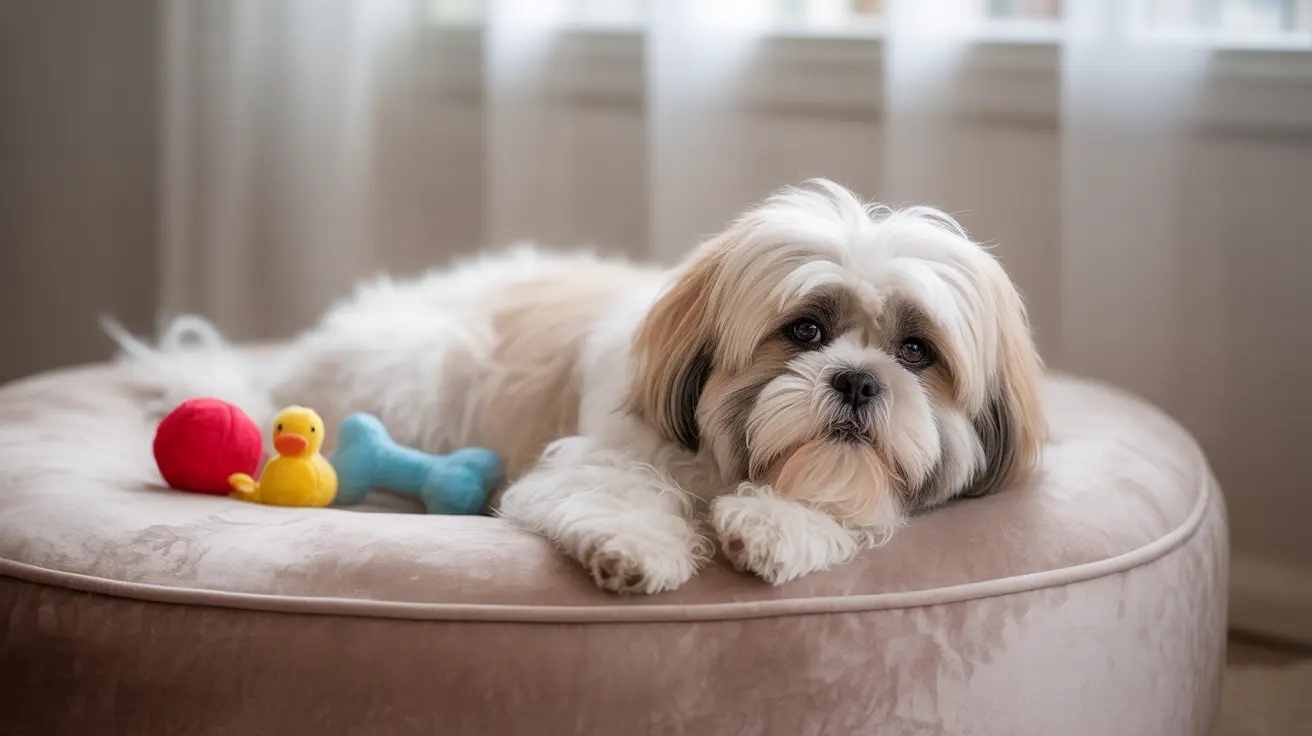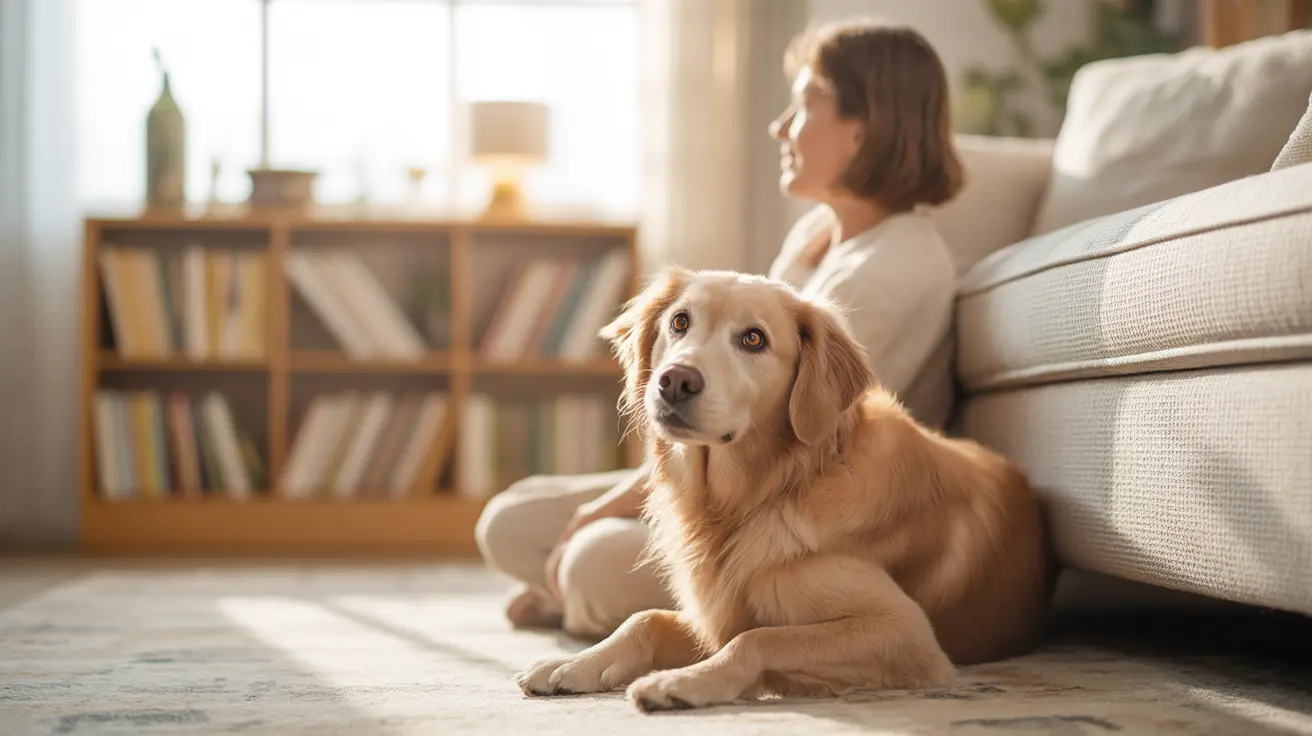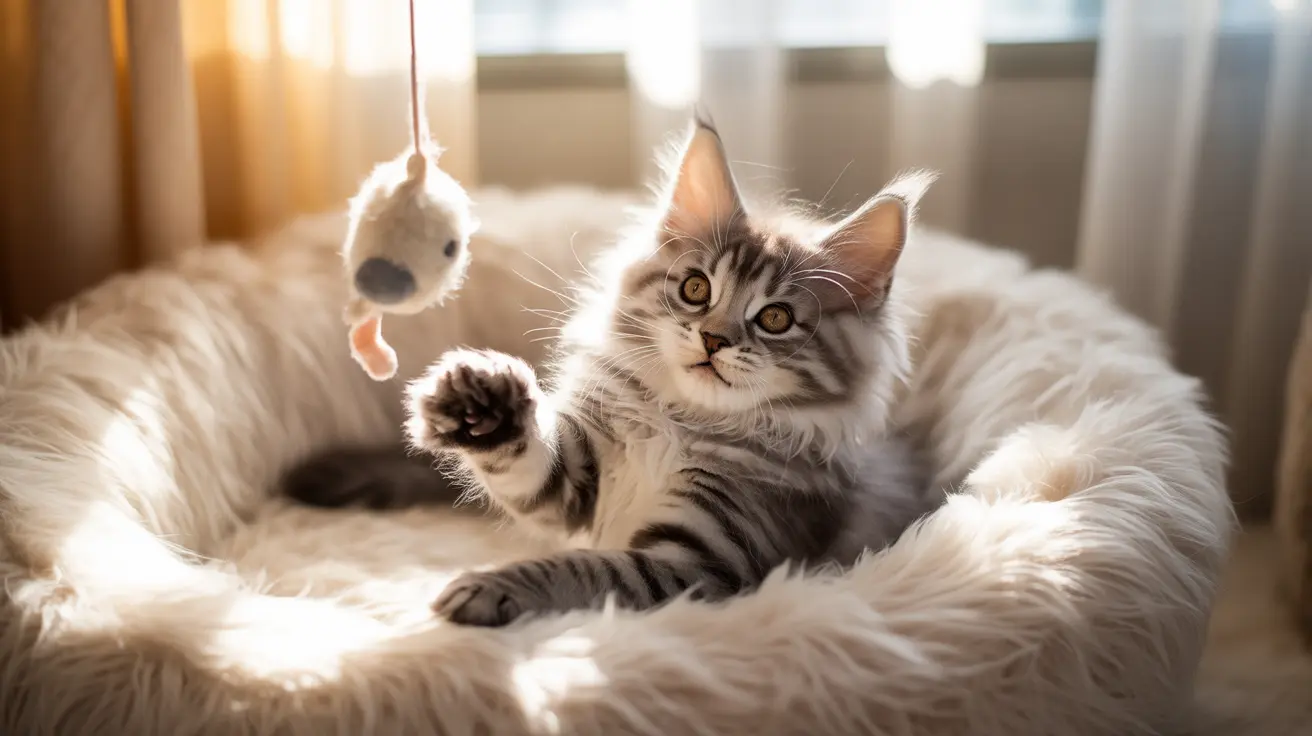Can Shepherd Mixes Be Left Alone? Understanding the Needs of Shepradors
Shepherd mixes—such as the German Shepherd and Labrador Retriever hybrid known as the Sheprador—are increasingly popular due to their blend of loyalty, intelligence, and affectionate nature. However, a common question from prospective owners is: Can Shepherd mixes be left alone?
The Social Nature of Shepradors
Shepradors are frequently referred to as "velcro dogs" because they tend to stick closely to their human companions. This behavior derives from both parent breeds:
- German Shepherds are naturally protective and bond deeply with their owners, often exhibiting strong loyalty and attachment.
- Labrador Retrievers are famously sociable and people-oriented, thriving on human interaction and attention.
When combined in a Sheprador, these traits create a dog that craves companionship and becomes distressed if isolated for long periods.
The Risks of Leaving Them Alone
If left alone too long, Shepradors may develop behavioral problems resulting from boredom and anxiety. Common issues include:
- Destructive chewing or digging
- Excessive barking or whining
- Separation anxiety symptoms such as pacing, howling, and attempts to escape
These actions are rarely signs of stubbornness or defiance—they usually reflect a dog’s emotional distress and unmet needs.
How Long Is Too Long?
Duration matters. While every dog is different, a Sheprador should generally not be left alone for more than 4 to 6 hours. Puppies and older dogs often require even more frequent interaction and monitoring.
If your schedule involves long hours away from home, you may need to consider professional help:
- Doggy daycare
- Dog walkers
- Pet sitters
These services provide relief and stimulation during the day, keeping your dog mentally and emotionally healthy.
Preparation for Independence
With proper training and mental enrichment, some Shepradors can learn to be alone for moderate amounts of time. Start gradually and use techniques such as:
- Desensitization: Leave for short periods and gradually increase the duration.
- Distraction: Provide puzzle toys, chew items, or interactive feeders like KONGs.
- Safe spaces: Create a comforting environment with a crate or cozy room filled with familiar scents and toys.
Positive reinforcement training helps reinforce calm behavior when you leave and return home.
Profiles That Suit a Sheprador
Active households where someone is home most of the time are ideal. This could include:
- Families with stay-at-home members
- Remote workers
- Retirees who enjoy walking and playing with a dog
- Active individuals seeking a companion for outdoor activities
If you regularly travel or work long hours away, a Sheprador may not be the best fit without adequate support systems in place.
Sheprador Traits That Influence Alone-Time Tolerance
- Energy level: High-energy dogs get bored faster. Without physical and mental stimulation, alone-time becomes harder.
- Intelligence: Shepradors are smart and learn quickly—but they also need challenges to stay content.
- Attachment: Their deep bond with human family members often makes long solitude emotionally taxing.
These traits mean that while trainable, Shepradors are not innately suited for long hours alone in a sedentary environment.
Alternatives and Management Strategies
If occasional absences are unavoidable, consider these management strategies:
- Dog-sharing: Coordinate with a neighbor or friend to rotate care duties.
- Dog cameras: Use technology to check in and communicate, offering reassurance and monitoring for signs of stress.
- A second pet: Some Shepradors find comfort and stimulation from a canine companion—but this requires thoughtful introduction.
Conclusion
Shepherd mixes like the Sheprador do not thrive in isolation. Their loyal, social nature means they need companionship, stimulation, and a predictable routine. While they can be conditionally trained to handle brief periods alone, leaving them unattended for extensive stretches may lead to anxiety and behavioral problems. Those willing to invest in early socialization, interactive care, and regular engagement will be rewarded with a devoted, intelligent companion that adds joy and life to any active household.





